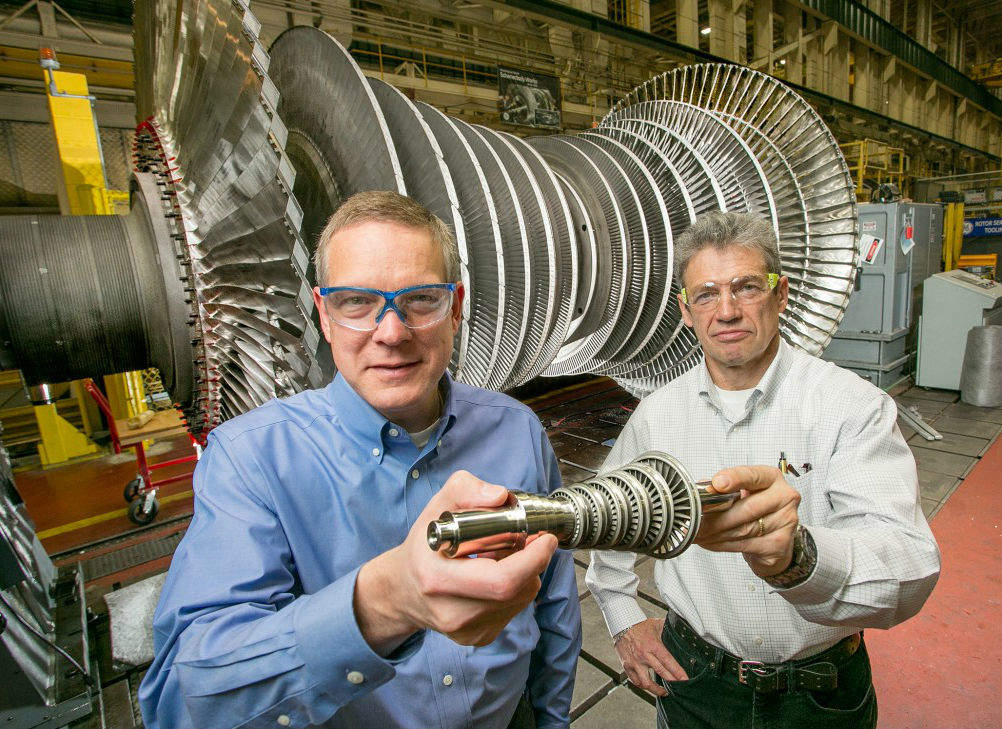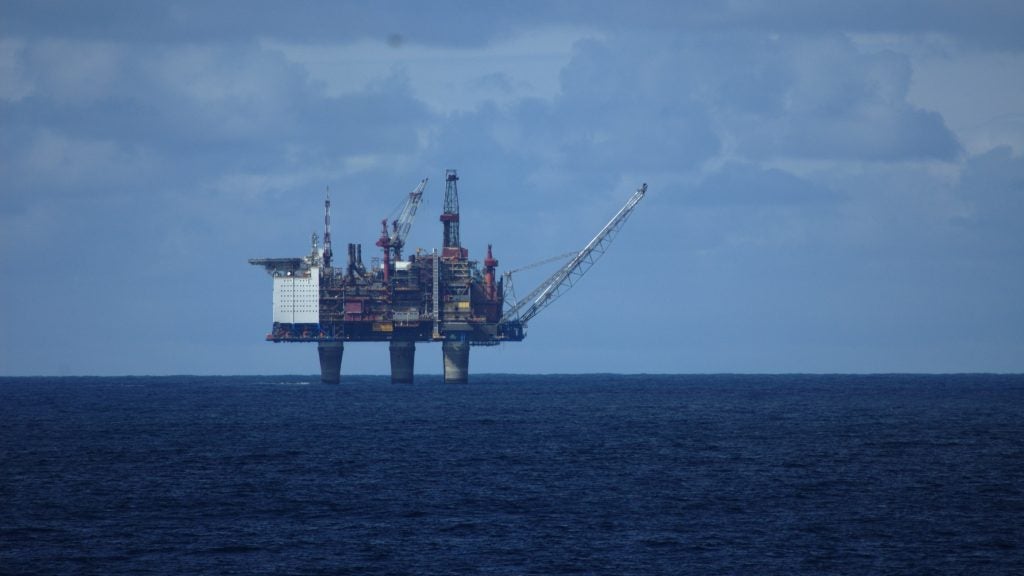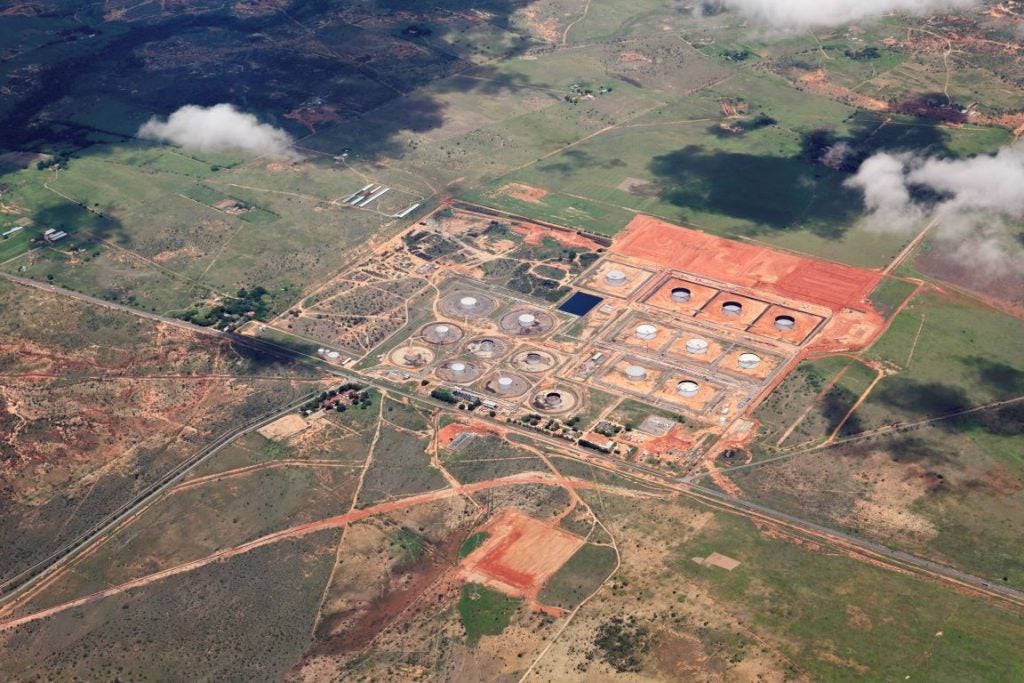

Over the lifetime of an oil well, natural underground pressure that drives oil to the surface will subside, generating the need to apply artificial pressure in order to be able to extract from the well.
Techniques for secondary oil recovery include natural gas reinjection and carbon dioxide injection, but the most common method is to pump water into the well. The technique was discovered accidentally in Pithole, Pennsylvania in1865, and became common in the state during the 1880s.
Water is a sizeable by-product of the extraction of oil and gas – modern oil wells produce as much as ten barrels of water for each barrel of oil, according to recent estimates – and, as such, itis a valuable resource. Therefore, the produced water is routinely treated so it can be reused and reinjected into the well.
However, the water used must be of the correct quality or the oil well could be spoiled. For reinjection, many parameters are important, such as chemical compatibility and solids content, to prevent damage to the formation of the well. Impurities like oxygen, which breeds bacteria, sulphate, shells, sand and algae, must be removed, and the way the water is treated depends on the type of impurities and the different characteristics of the well. Doing this process as quickly and efficiently as possible is also imperative in current cost-cutting times.
See Also:
Typical recovery from water-flood operations is about 30%, depending on the properties of the oil and the characteristics of the reservoir rock.
How well do you really know your competitors?
Access the most comprehensive Company Profiles on the market, powered by GlobalData. Save hours of research. Gain competitive edge.

Thank you!
Your download email will arrive shortly
Not ready to buy yet? Download a free sample
We are confident about the unique quality of our Company Profiles. However, we want you to make the most beneficial decision for your business, so we offer a free sample that you can download by submitting the below form
By GlobalDataGE’s new SWSR technology
In February, GE launched its seawater sulphate removal (SWSR) nanofiltration membrane technology which eliminates almost all sulphate from injecting water in offshore oil production.
SWSR is an advancement of GE’s DK series nanofiltration membrane. It provides a high transmission of sodium chloride into the permeate water to minimise operating pressures, as well as a physical barrier for any suspended particles, including bacteria, pyrogens and colloids.
Additionally, the new membrane will help prevent strontium and barium sulphate scale in injection wells and will better mitigate well souring by reduced sulphate.
The technology can also be used in conjunction with GE’s reverse osmosis membranes in order to provide water for low-salinity flooding, polymer flooding and other forms of enhanced oil recovery.
Pentair Advanced Filtration
Pentair Advanced Filtration presented its new Helix flux enhancement technology for ultrafiltration of high-strength wastewater with tubular membranes at the Aquatech trade exhibition on water treatment in Amsterdam in November.
According to the company, the technology solves the problem of heavy membrane fouling by introducing constant turbulence, the resulting flux enhancement boosts productivity and reduces energy costs significantly.
Helix is available on all X-flow tubular membrane modules. The technology is a complete and ready-to-use water purification system.
OriginOil
Orion Oil is adapting its electro water separation (EWS) technology, which is used for harvesting algae cells from water to recycle produced frac flowback water.
Bill Charneski, general manager with OriginOil says the system is continuous, chemical-free and very low energy.
The system removes hydrocarbons, suspended solids and bacteria from produced or frac flowback water by applying electrical pulses to neutralise repulsive charges of oil droplets and suspended solids, allowing them to agglomerate. This ‘electro-coagulation’ process also kills bacteria present in the produced or frac flowback water.
Finally, the contaminated water moves into a flotation chamber in which a series of anodes and cathodes generates a cloud of bubbles. The microscopic bubbles then attach themselves to the agglomerated oil droplets and suspended solids, lifting them to the topmost layer. This electro-flotation step does not rely on the addition of chemicals. Lastly, the concentrated waste is skimmed from the water and placed into a hopper for disposal.
GE desalination research
Desalinated seawater can also be used to flood oil wells, however desalination is often considered a very costly process. GE’s Global Research Center in Upstate New York, along with the US Department of Energy (DOE), are working to create a cheaper, more efficient way of desalinating water using steam turbine turbomachinery 3D printed in a miniaturised form to compress and stream a mixture of air, salt and water through a hyper-cooling loop that freezes seawater. By freezing the mixture, the salt naturally separates in a solid form, leaving just the ice. The ice is then melted, leaving clean water.
Although freezing seawater to treat the problem is nothing new, GE says the way it is doing it is very different. According to the company, cooling the salty water, or brine droplets, by expanding cold gas in the turbine would greatly reduce the energy required for desalination. The heat transfer between the cooling gas and brine would be much more efficient compared with conventional thermal desalination systems.
GE and DOE’s collaboration will expire in summer 2016 with the end goal to demonstrate the feasibility of this new concept in water desalination.
BioLargo’s AOS filter / reactor
Hailed by some as the biggest breakthrough in water treatment in decades, in August BioLargo presented at the University of Alberta its AOS Filter/Reactor, which, according to the company, disinfects water more than 100 times more effectively, and greater than ten times faster than all known competing technologies. The AOS Filter required less than 1/20th of the energy of the closest competitor.
The AOS Filter uses proven carbon technology combined with the element iodine in conjunction with electrolysis to produce a powerful oxidation rate.
According to Ken Code, BioLargo’s chief scientific officer, the AOS Filter is the most effective solution known to tackle 133 EPA-listed water contaminants.
The company has spent over a decade developing the technology and is currently securing investment from private investors and the Canadian Government to build prototypes to meet users’ specific needs.
The company hopes to enter the technology to the commercial market in 2016.







